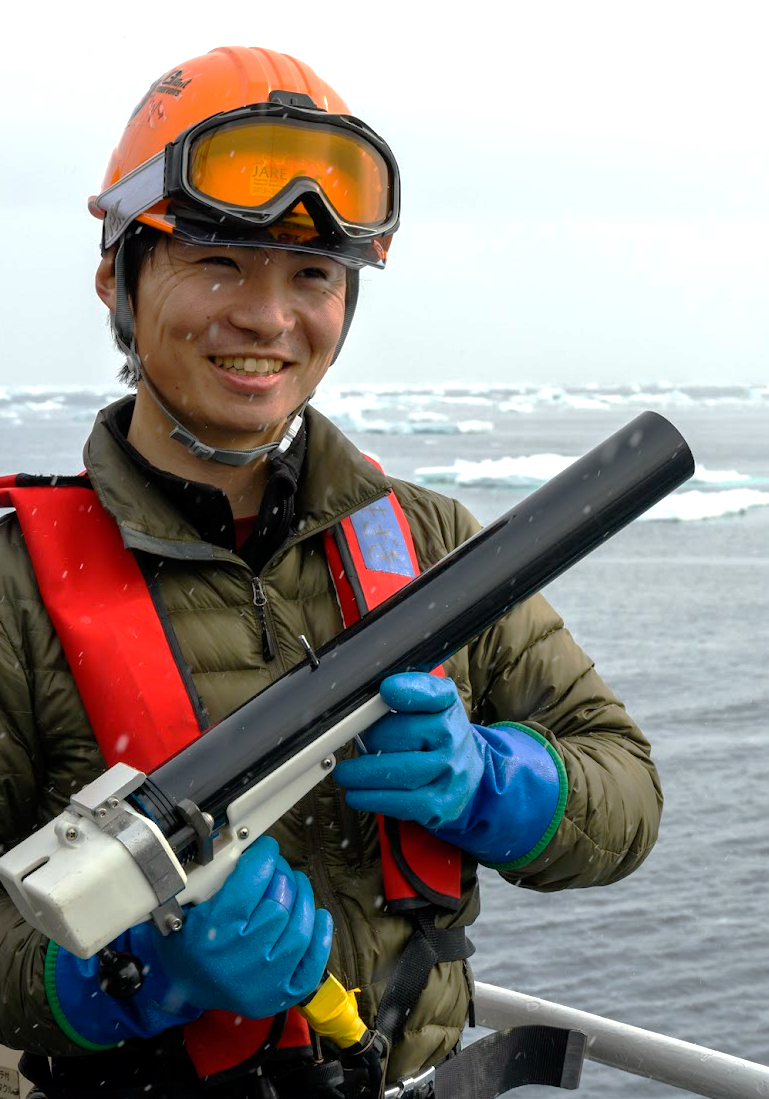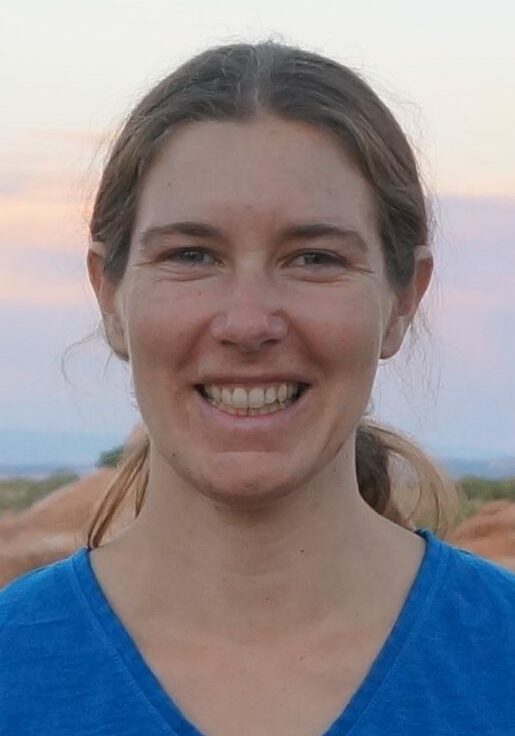PROGRAM 3
Sub-regional and Regional Antarctic Margins
This Program will focus on understanding the response of the ice sheet and climate system to climate change for areas understood to be vulnerable to rapid deglaciation.
The Program will focus on integration knowledge gained from the ice-sheet accumulation basins to continental shelf break. We will use existing datasets and modelling to examine processes within these time and space scales and build towards a field program with a specific focus on the Denman/Shackleton region.
What is the risk to our communities of ice mass loss from key subglacial basins over the next decades to centuries, and what are the consequences for the East Antarctic ocean and ecosystem?
Quantify recent historical drivers and rates of retreat for key subglacial basins, with a key focus on the Denman Glacier region:
-
- Quantifying recent historical drivers and rates of retreat for key subglacial basins, with a key focus on the Denman Glacier region:
- Quantifying mass inputs, including recent accumulation history and processes at the basin scale with reanalysis products.
- Quantifying mass outputs, including basal melt coupled with measurements and modelling of ocean circulation pathways and variability within the cavity and upstream on the continental shelf.
- Examining retreat processes and feedback, including bedrock uplift rates, glacier sliding and linkages with subglacial hydrology, geothermal heat flow and sedimentation for grounding line wedge stabilization, local atmospheric and oceanic forcing.
Quantify the stability of susceptible basins/glaciers and the risk of passing tipping points:
-
- Quantifying the stability of susceptible basins/glaciers and the risk of passing tipping points:
- Use a coupled model to explore ice retreat processes in the region and examine climate sensitivity.
- Obtain high-resolution geometry of continental shelf, subglacial basins, sub-ice shelf ocean cavities and grounding zone conditions to constrain the models using a range of activities. This will include geological mapping and airborne and ship-based geophysics.
- Separating the signal caused by a warming climate from decadal variability in the historical record.
- Using coupled models to determine when/if ice retreat is likely to cross a tipping point and how this region compares to the rest of East Antarctica.
Use palaeo reconstructions to provide an integrated view of possible futures for susceptible basins:
-
- Using palaeo reconstructions to provide an integrated view of possible futures for susceptible basins.
- Using marine sediment cores recovered from the slope to reconstruct the ice sheet state for past climates warmer than present. This approach analyses new and legacy sediment records and knowledge of subglacial geology and sediment transport modes.
- Determining historical ice sheet volumes and retreat rates through bathymetric mapping, offshore geophysical data and land-based approaches.
- Comparing modelled estimates of the timing, sequencing and magnitude of past basin-scale ice sheet retreat with observational constraints.
- Using an ice sheet model to understand source-to-sink sediment pathways. This will be useful for understanding the hidden under-ice geology and planning future fieldwork.
Identify how past and projected ice melt for key basins can impact local ecosystems in the adjacent ocean and seafloor through altered ocean state, iron fertilisation and sea ice (cross-program outputs):
- Identifying how past and projected ice melt for key basins can impact local ecosystems in the adjacent ocean and seafloor through altered ocean state, iron fertilisation and sea ice (cross-program outputs):
- Quantifying the iron supply associated with the retreating ice sheet, including meltwater and subglacial hydrology. This will involve sampling the ice sheet and melt water and quantifying meltwater input and iron content. The research may include measurements of iron speciation and ice sheet tracers other than salinity.
- Collecting remote and in-situ observations to evaluate the influence of interannual variability in ice-shelf melting and subglacial discharge events on primary productivity and seafloor biodiversity.
- Applying a regional model including biogeochemistry with glacial iron supply to predict regional ecosystem impacts. Can link to broader scale models to explore impacts on MIZ ecosystems of ice sheet iron.
- Using palaeoceanographic records to reconstruct ocean productivity and iron supply during past ice sheet retreat episodes to assess the integrated response and evaluate models.

Kaihe Yamazaki
UTAS

Duanne White
University of Canberra

Adele Morrison
ANU
